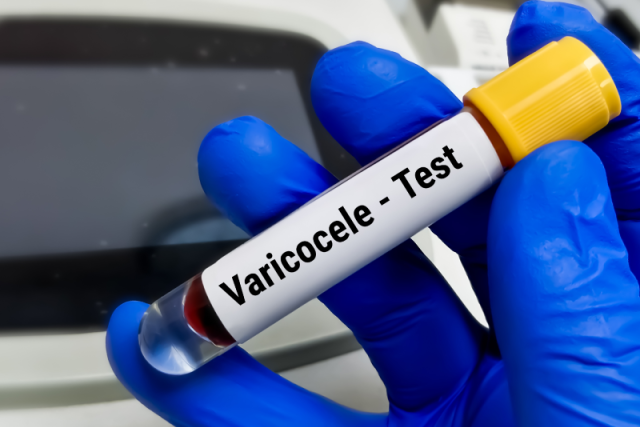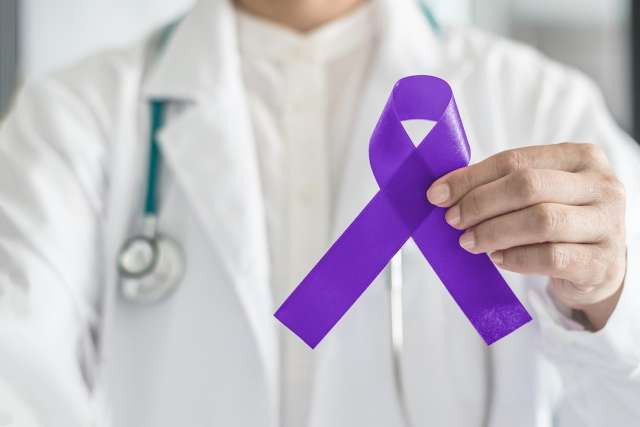Varicocele: Symptoms, Treatment, Diagnosis
What is a Varicocele?
Varicocele, an enlargement of the veins within the scrotum, is not unlike the varicose veins that appear in the legs.
- It occurs in about one in six males, but unlike varicose veins in the legs, it is more common in younger males, ages 15–25.
- Like the leg version, varicocele is usually harmless, but not always – it can be associated with infertility problems by contributing to low sperm production and decreased sperm quality.
- While approximately 15% of men have a varicocele, among men evaluated for infertility, about 40% have a varicocele in at least one testicle.
- Varicocele treatment can include surgical repair, which can help to restore fertility when the varicocele is the source of the problem.
Varicocele Causes
What can trigger varicocele?
Varicoceles are believed to be caused by defective valves in the veins within the scrotum, just above the testicles.
Normally, these valves regulate the flow of blood to and from the testicles. When normal flow doesn’t occur, the blood backs up, causing the veins to dilate (enlarge). This most commonly takes place during puberty, when the testicles are experiencing rapid growth and need the most blood. In about 85% of cases, it occurs in the left testicle area. The poor circulation caused by the varicocele results in a higher blood temperature, raising the temperature of the testes, which can serve as a barrier to sperm production and damage or destroy sperm that is created.
Varicocele Symptoms
How do you know if you have varicocele?
Because a varicocele rarely produces symptoms, it is not uncommon for a man not to be aware that he has one unless it causes problems with fertility or is noticed during a routine physical exam.
When varicocele symptoms do occur, they tend to be felt as a dull ache or feeling of heaviness in the testicle, which gets worse during the day, particularly in hot weather or after physical exertion. The dilated veins in the scrotum can often be felt or seen, and the testicle is smaller on the varicocele side.
Varicocele Diagnosis

The varicocele can be identified on a routine physical exam when the testicles are felt while the male is in a standing position.
Varicoceles that are smaller often are detected only on further testing, which can involve Doppler ultrasonography (ultrasound designed to detect the sound of backflow of the blood through the valve) and thermography (infrared sensing technology to detect pockets of heat created by the pooled blood).
Medical Treatment of Varicocele
Is varicocele a serious problem?
Varicocele treatment is generally necessary only for infertility, or if the varicocele causes persistent pain or discomfort (even after attempting non-surgical varicocele treatment such as anti-inflammatory medications and wearing snug underwear or a jock strap) or significant testicular atrophy.
Surgical treatment of the varicocele usually involves tying off the affected vein to redirect the blood flow toward normal veins. Surgery can be open or laparoscopic and is done on an outpatient basis. Surgery using a surgical microscope, offered at UCLA, can allow precise identification of critical structures that need to be preserved during surgery, such as the testicular artery. Pain after the surgery is mild, and often the patient can return to most normal activities within two days. Treating varicocele is typically successful and approximately half of men who have the surgery to correct infertility are able to father a child within the first year.
Phone:
Varicocele Articles
Find your care
We deliver customized urology care based on your unique needs. To learn more or connect with a urology specialist, call .

